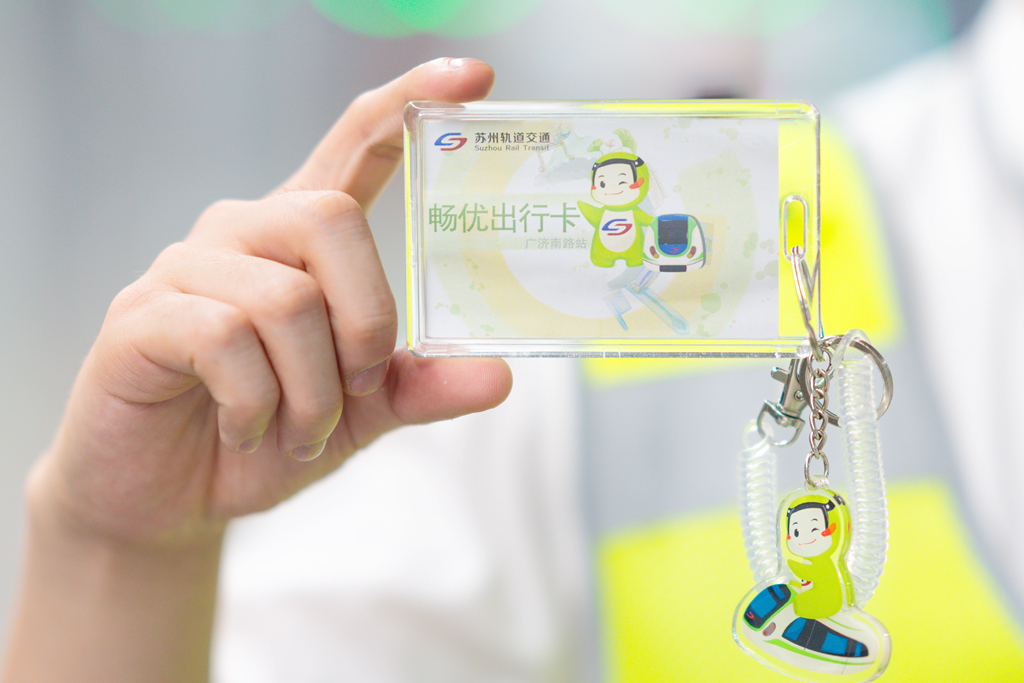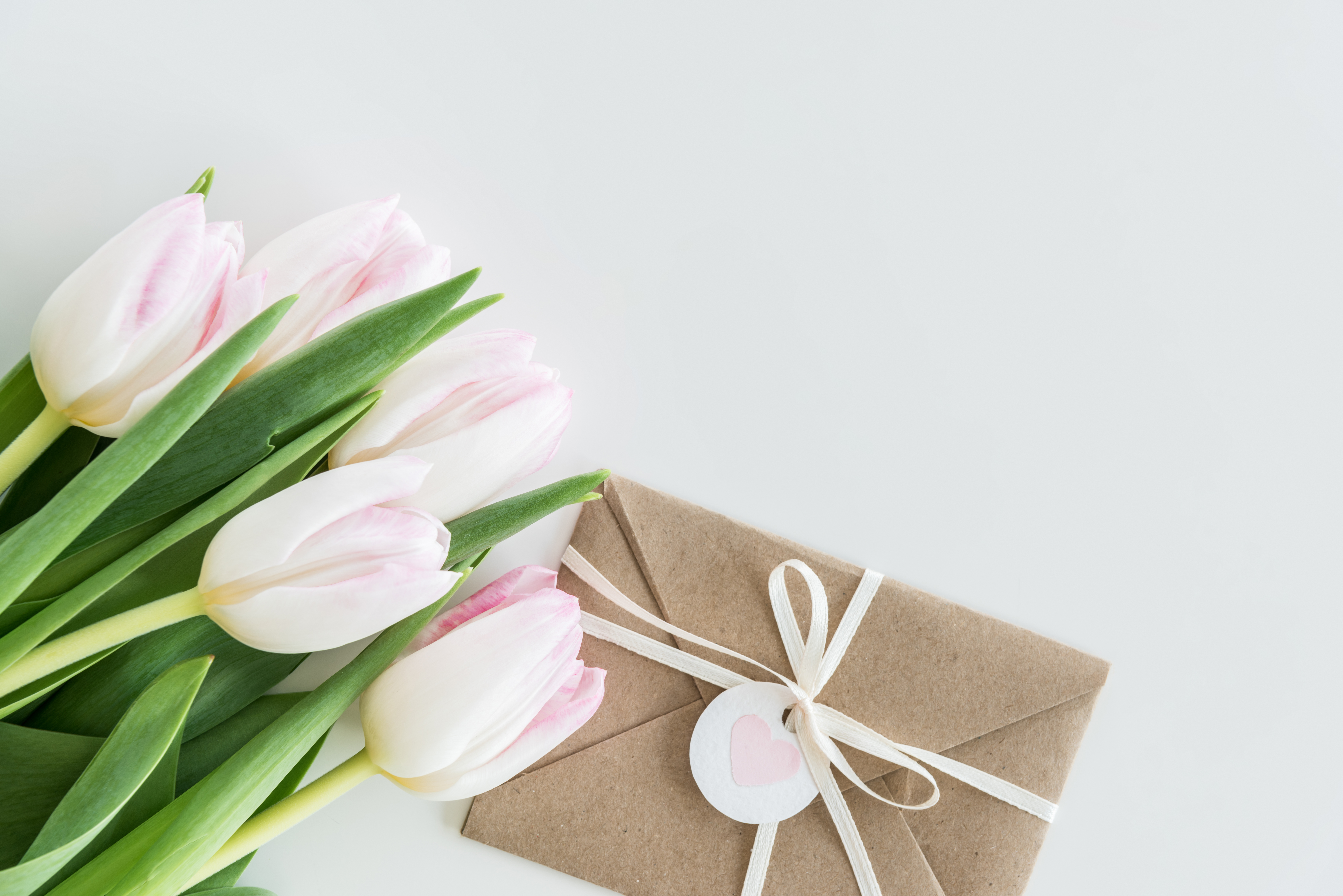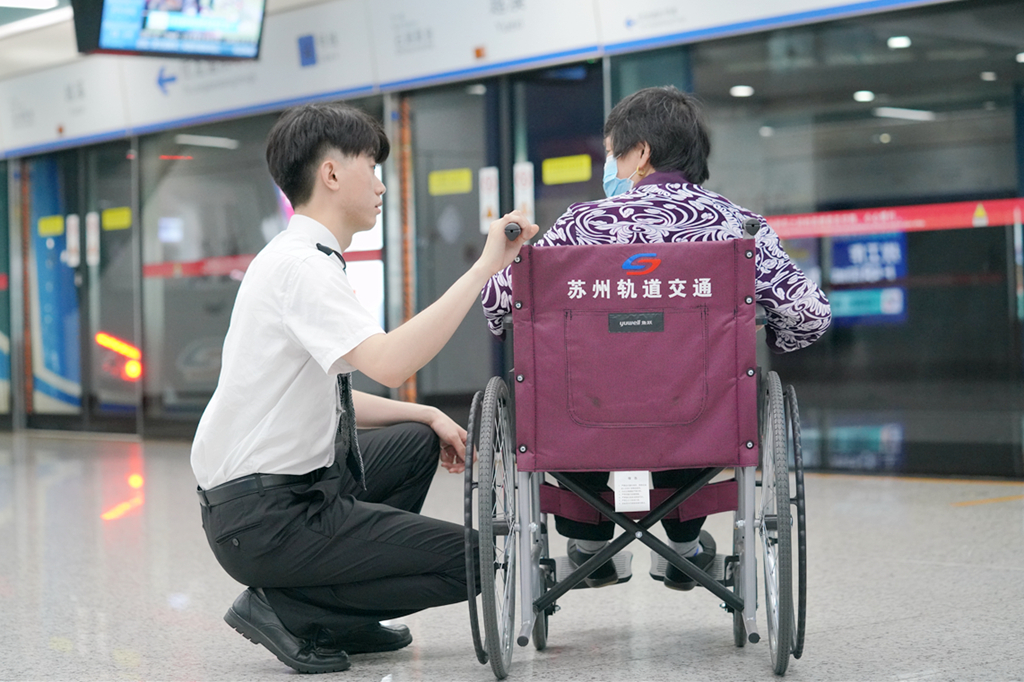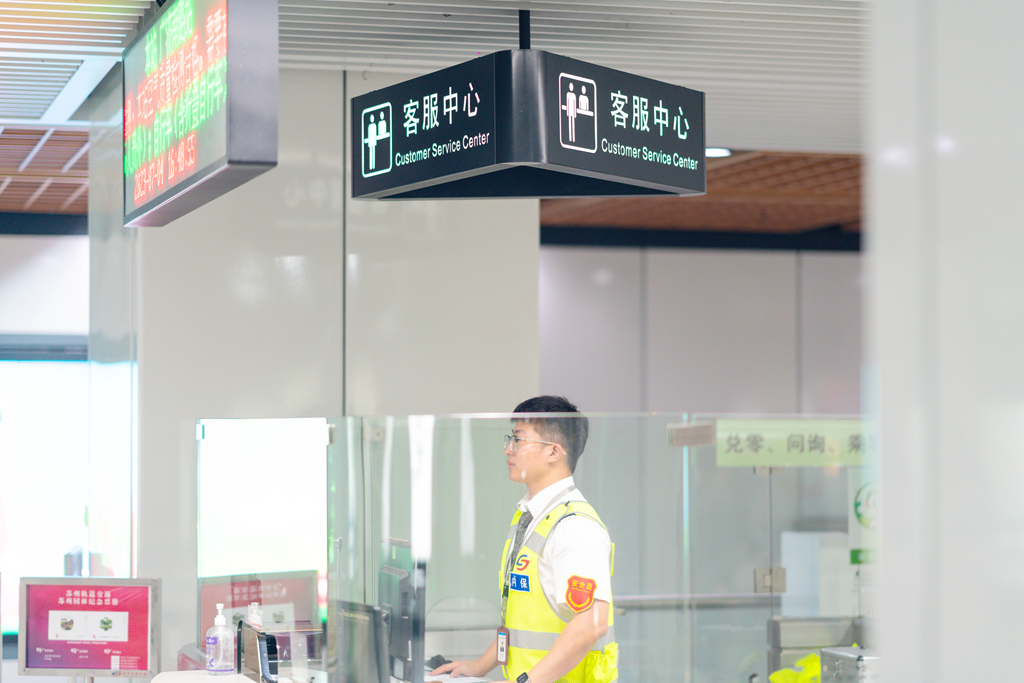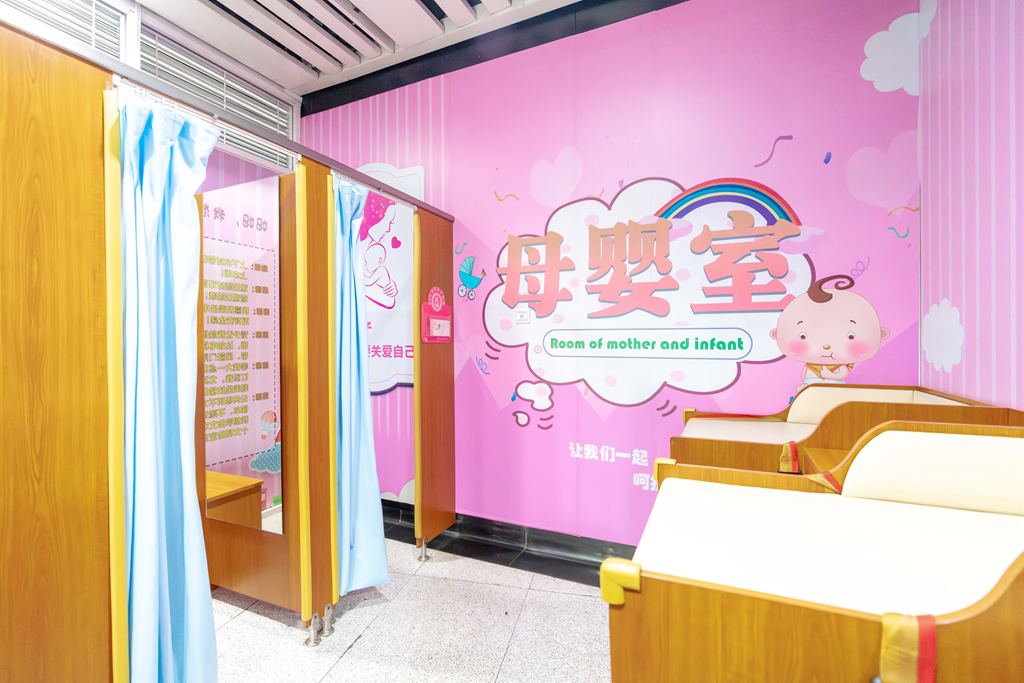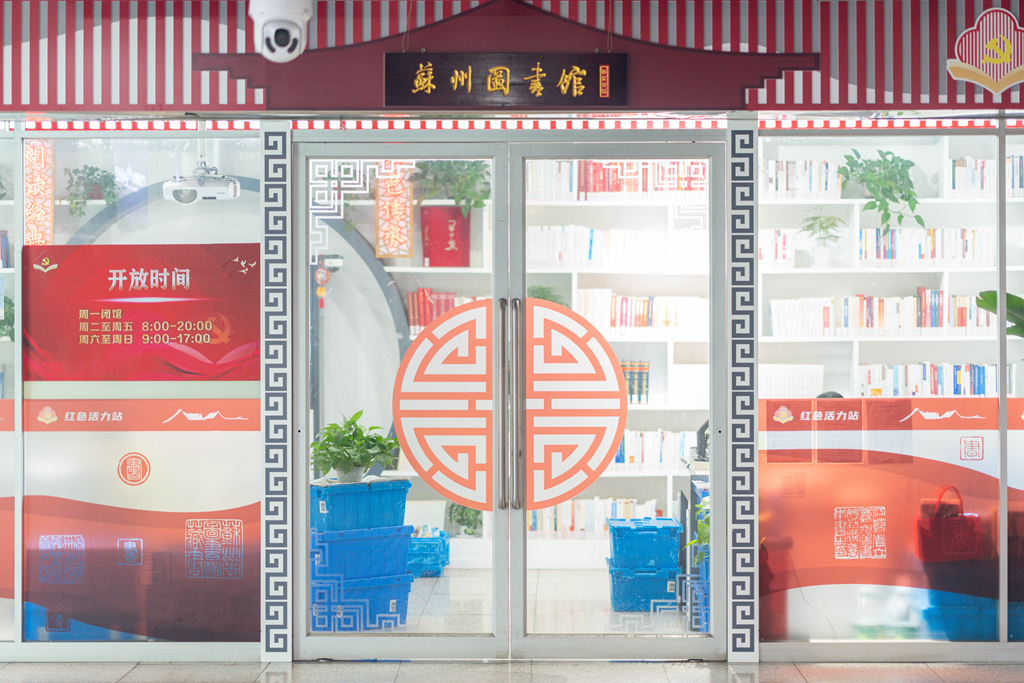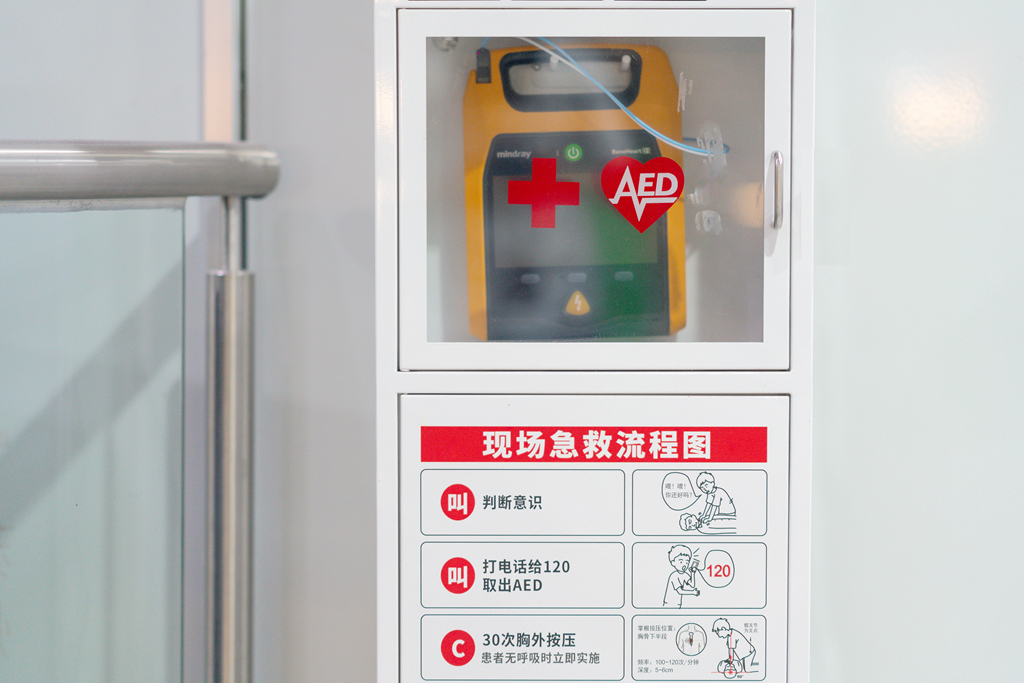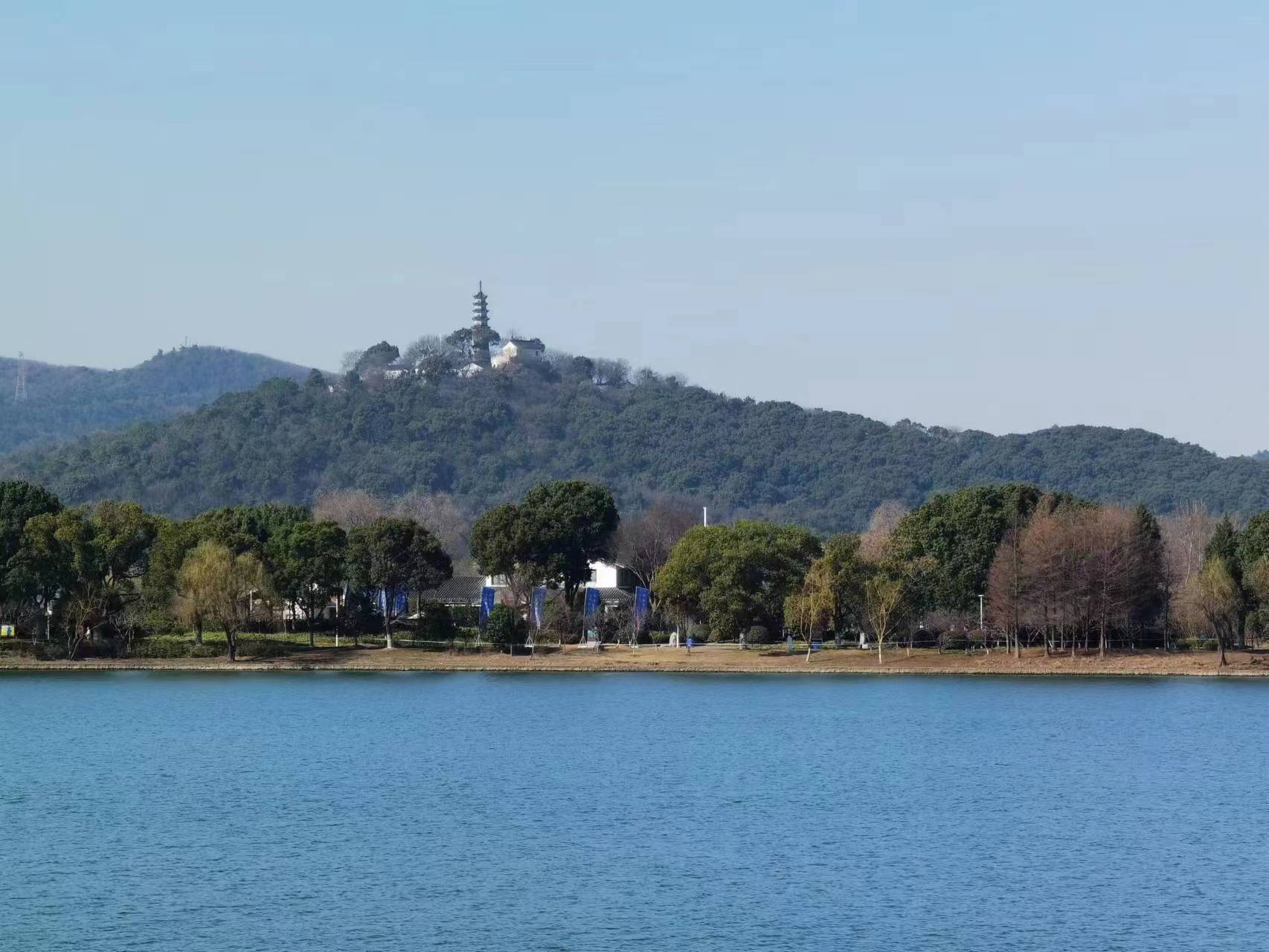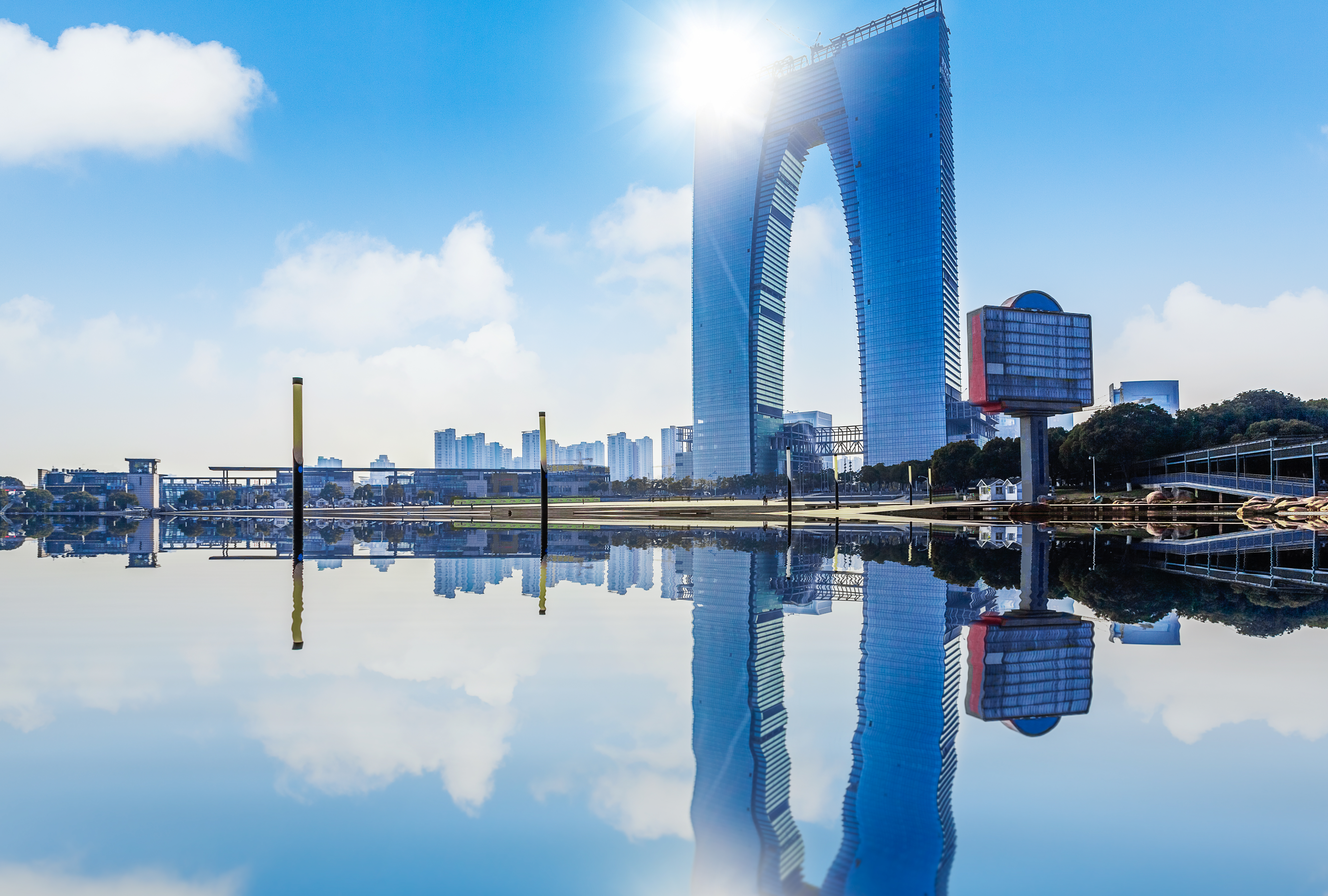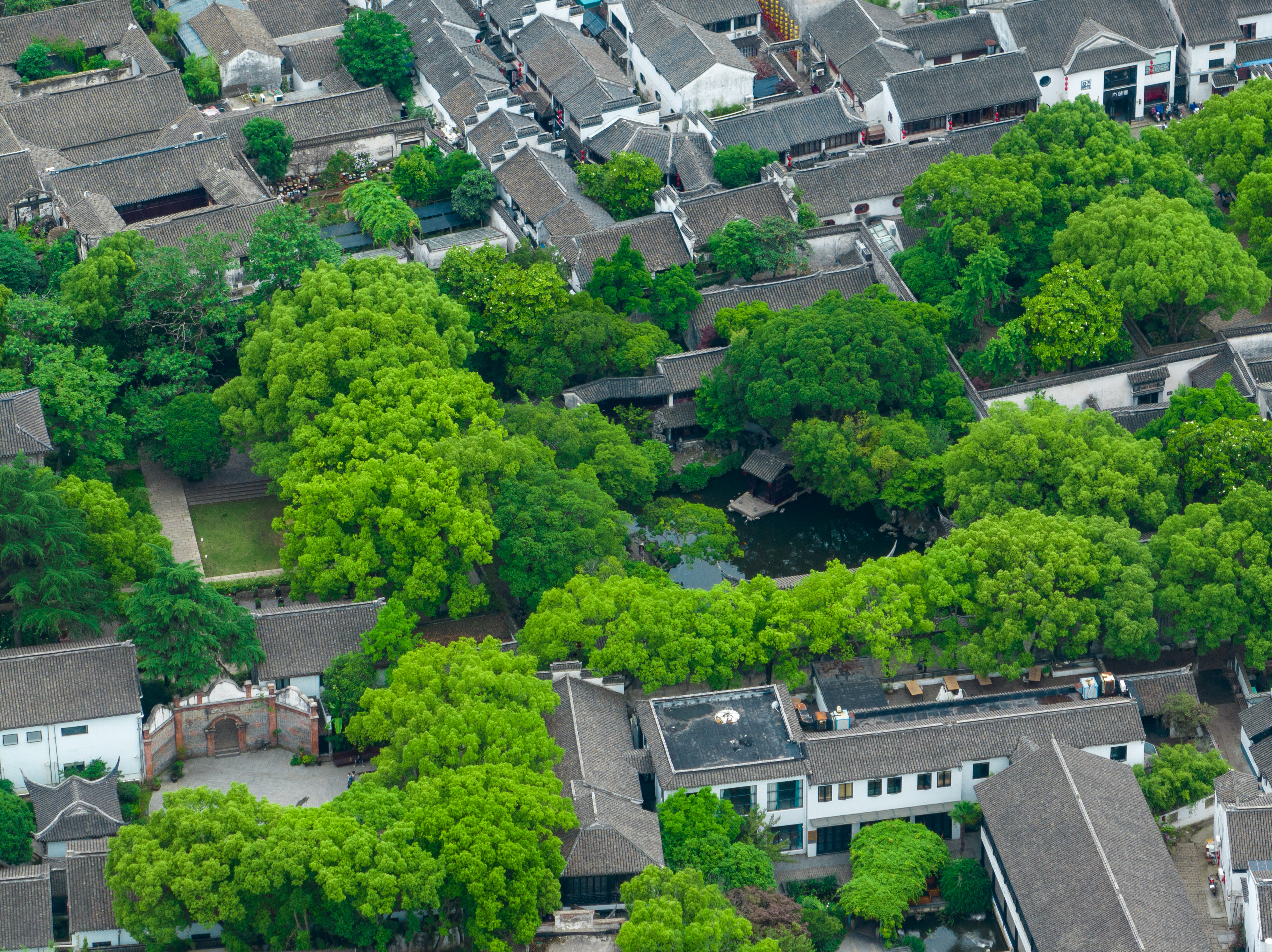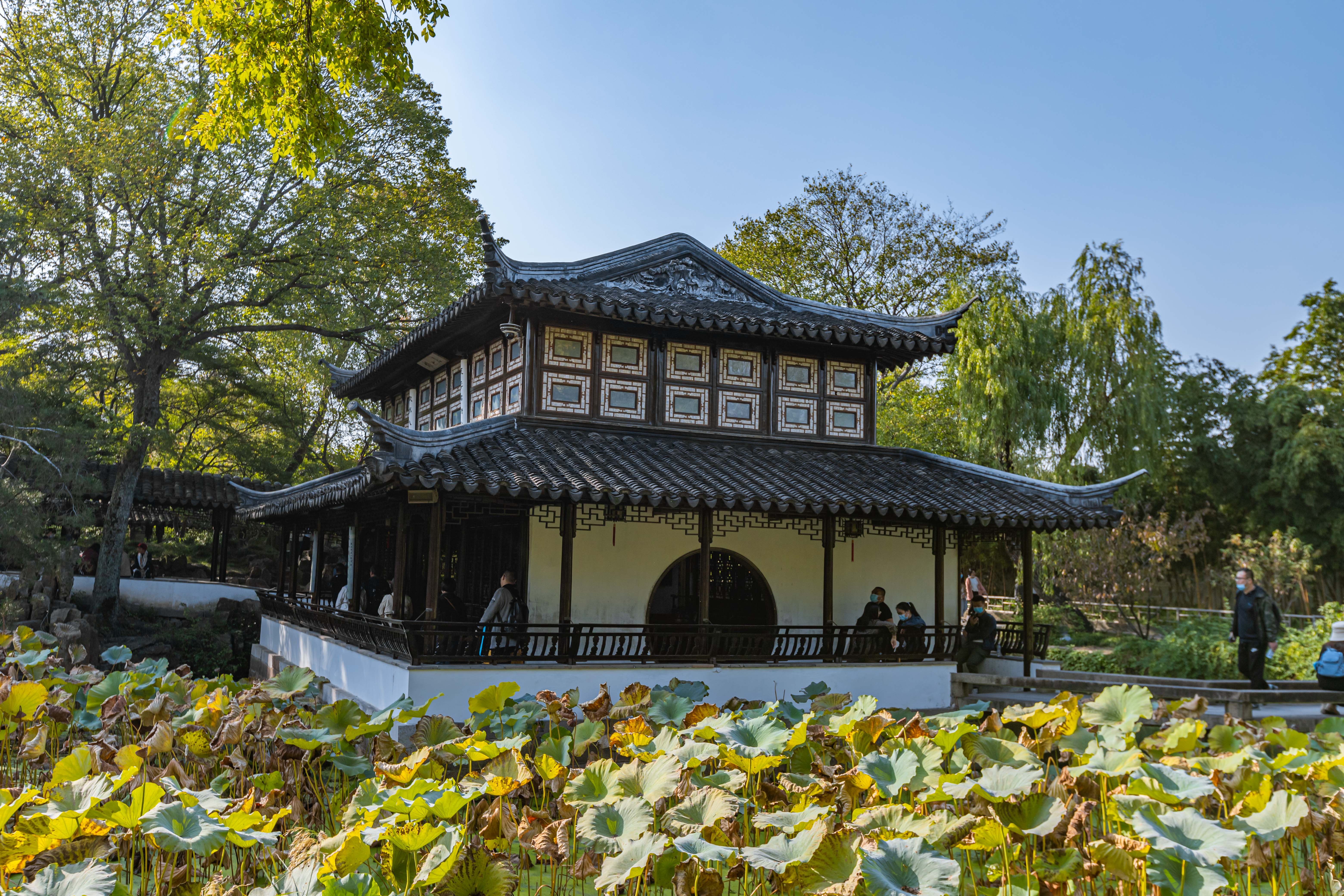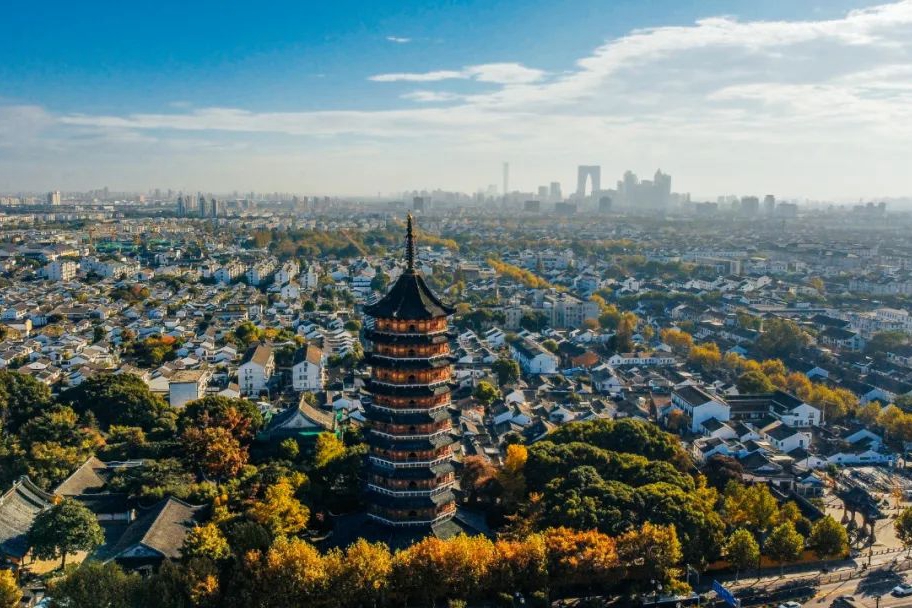-
Tickets
-
Services
-
Facilities
-
Discover Suzhou
To use the Suzhou metro, you can:
1. Use a ticket/pass distributed by Suzhou Rail Transit;
2. Use the Su E Xing (in Chinese: 苏e行 ) mobile app or other official apps to generate a QR code ticket;
3. Use the China Unionpay’s Quick Pass service;
4. Use a transit pass distributed by Suzhou Citizen Card Service;
5. Use a valid Jiangsu T-Union card; or
The Suzhou Metro fares increase with distance travelled. The base fare is 2 yuan for the first 6 km, and after that, 1 yuan for every additional 5 km in the 6–16 km band, 1 yuan for every additional 7 km in the 16–30 km band, and 1 yuan for every additional 9 km beyond the 30 km band.
| Distance(km) | Fares(yuan) |
| 0-6 | 2 |
| 6-11 | 3 |
| 11-16 | 4 |
| 16-23 | 5 |
| 23-30 | 6 |
| 30-39 | 7 |
| 39-48 | 8 |
| 48-57 | 9 |
| 57-66 | 10 |
| 66-75 | 11 |
| 75-84 | 12 |
| 84-93 | 13 |
a. When you buy or top up a physical pass at the Customer Service Centre, you may request an invoice at the counter.
b. When you buy an e-pass/e-ticket (an e-travel pass or an e-multi-ride pass) on the Su E Xing mobile app, you may visit the Customer Service Centre and request an invoice at the counter with your payment history up to a certain date.
c. When you buy a one-way ticket, use the metro with a QR code ticket (excluding an e-travel pass or an e-multi-ride ticket), or use the China Unionpay’s Quick Pass service, you may visit the Customer Service Centre at your destination station (BEFORE YOU INSERT YOUR ONE-WAY TICKET INTO THE TURNSTILES AND LEAVE) and request an invoice for your ride with your ticket or ride history.
a. If you decide not to use the metro within 10 minutes of entering the metro station, you may visit the Customer Service Centre at the station before you exit through the turnstiles and update your pass info or get a refund at the counter. You MUST request an update or a refund within 10 minutes of entering the station and only at the Customer Service Centre of the same station.
b. The allowed time limit for overstaying in the paid area of a metro station is 180 minutes. If you leave the station after the 180-minute limit, you will be charged the maximum fare on Suzhou metro lines as an overstay penalty. No overstay penalty will be charged for overstaying due to metro system failures.
We have Breastfeeding Room to support the needs of mothers-to-be and nursing mothers. These Breastfeeding Room are equipped with nursing chairs, changing tables, vanity units, diaper pails, and desks for you to put things on. We aim to provide you and your babies with a comfortable and private space. You may find A Breastfeeding Room at the following stations: Guangjinanlu (Line 1), Yueliangwan (Line 2), Xijinqiao (Line 3), Baodailu (Line 3), Jinsheqiao (Line 3), Chayuanchang (Line 4), Suzhouwan East (Line 4), Lingyanshan (Line 5), Suoshanqiao West (Line 5), Laodonglu (Line 5), Nanmen (Line 5), Suzhou Olympic Sports Centre (Line 5), Xingtangjie (Line 5), and Fengtingdadao (Line 5).
Being one of the famous ancient towns in the south of the Yangtze River, Mudu Ancient Town is located in the west of the city of Suzhou, lying on the coast of Tailu Lake and the back of the Linyan Mountain, which is praised as “the most beautiful mountain in the southern region of the Yangtze River ”. Running through the town are the famous Xiang Rivulet and Xu River dating back to period of the State of Wu and Yue. The town features its unique architectural style as riverside and mountainside buildings, which are rare among the many ancient towns in the southern region of the Yangtze River. The attractions that currently opened to the public are the Yan’s Garden, the Qianlong Emperor's travel palace "Hong yin Resort", the Linyan Mountain Scenic Area, the Old Pine Tree Garden and the Bangyan Mansion.
Transportation: Take Rail Transit Line 5 to Lingyanshan Station, Exit 1.
Situated on the northeastern corner of ancient Suzhou city, Pingjiang historical neighbourhood borders the outer city moat on the east, Lindun Road on the west, Ganjiang Road on the south and east Baita Road on the north, covering an area of approximately 116.5 hectares. Dating back some 2500 years ago, Pingjiang historical neighbourhood is the most typical and best preserved historical and cultural protection site in the existing ancient city area of Suzhou. It preserves the double chessboard layout of "water and land in parallel, canal and street in neighbor" and the unique landscape of "small bridges, flowing water, households and deep allies", typical of ancient water towns in south Yangtze River. With deep-rooted cultural connotations, it gathers a variety of historic relics and cultural sites. Protected architectures as well as numerous architectures, bridges, wells, trees and memorial archways (paifang) that date back to ancient times within the historical neighbourhood. Today, the relics of the ancient city walls remain in the original place. A group of literati, refined scholars, high-ranking officials and nobles in history are recorded living in the neighbourhood. At present, the residents within the neighbourhood still retain their traditional lifestyle.
Transportation: Take Rail Transit Line 1 to Lindunlu Station, Exit 3, and walk about 10 minutes along east Ganjiang road to the east.

As one of the most famous water towns in the south of the Yangtze River, the ancient Suzhou city has a layout featuring crisscrossed rivers and canals as well as crisscrossed lands and streets. A poem by the late Tang poet Du Xunhe reads, “When you visit Suzhou on a tour, you’ll see houses hanging over canals. The Old Palace has little space to spare; you see jetties and bridges everywhere.” Among the numerous streets and alleys in Suzhou, the historic street, Shangtang Street, is dubbed the foremost famous street in Suzhou. This reputation may be explained by the following reasons. Firstly, Shantang Street has a history of over 1100 years; secondly, its layout is typical of the streets and alleys in Suzhou; thirdly, it is associated with many Chinese celebrities and anecdotes.
Transportation: Take Rail Transit Line 2 to Shantangjie Station, Exit 1.
Tinglin Park is located in the north-west corner of the ancient Yushan Town, Kunshan. The long-standing historic site was initially built in the 32th year of the reign of Emperor Guangxu of the Qing dynasty (1906 AD), which was known as Ma’anshan Park. In 1936, it was renamed Tinglin Park in memory of the Ming dynasty patriotic scholar and thinker Gu Yanwu, who is also widely called Gu Tinglin. Tinglin Park was selected as the National 4A Grade Travel Destination" in 2005. The Park houses the beautiful Yufeng mountain as well as a good many places of interest with deep cultural connotation. The "three treasures of the Yufeng Mountain" in the park featuring Kunshan Stone, Viburnum macrocephalum and twin lotus flowers have won a fame all over the world.
Transportation: Take Rail Transit Line 11 to Yushanguangchang Station, Exit 3, walk 1.3 kilometers along Tinglin road to the north.

As an inner lake of Taihu Lake, the Stone Lake Scenic Spot is located at the southwestern outskirts, 5km to the city of Suzhou. The bottom of the lake is full of various stones; therefore, it got the present name. In the southwest, it is adjacent to Shangfang Mountain and other rolling mountains. The scenery of the lake and hills is picturesque, especially view from a distance. There are lots of cultural sites in the Stone Lake Scenic Spot . At the top of Shangfang Mountain erects Lengga Temple, accompanied by an ancient tower dating back to the Sui Dynasty. The Celestial Mirror Pavilion, the Yus’ Villa, the Buddhist Temple of Stone Avalokitesvara and other sights are found around the Stone Lake. On the northern embankment of the lake are the Yue Cheng Bridge and the Xing Chun Bridge. Lying to the north of the embankment, the Stone Archway has the inscription of “the Scenic Spot of Suzhou” by the celebrated modern calligrapher Gu TingLong. Fan Chengda, a notable officer of Southern Song Dynasty, wrote the famous 60 idyllic poems of the four seasons which was inscribed in a well-kept stela when he lived in seclusion by the Stone Lake.
Originally built in Song Dynasty, Xing Chun Bridge has nine arches and can reflect nine moons in the lake, forming a string of moons during mid-autumn nights. It has been a popular folk culture to watch nine moons on the 17th and 18th of August of the lunar calendar in Suzhou.
Transportation: Take Rail Transit Line 3 to Shihu North Station, Exit 3, and walk about 600 meters to the south.
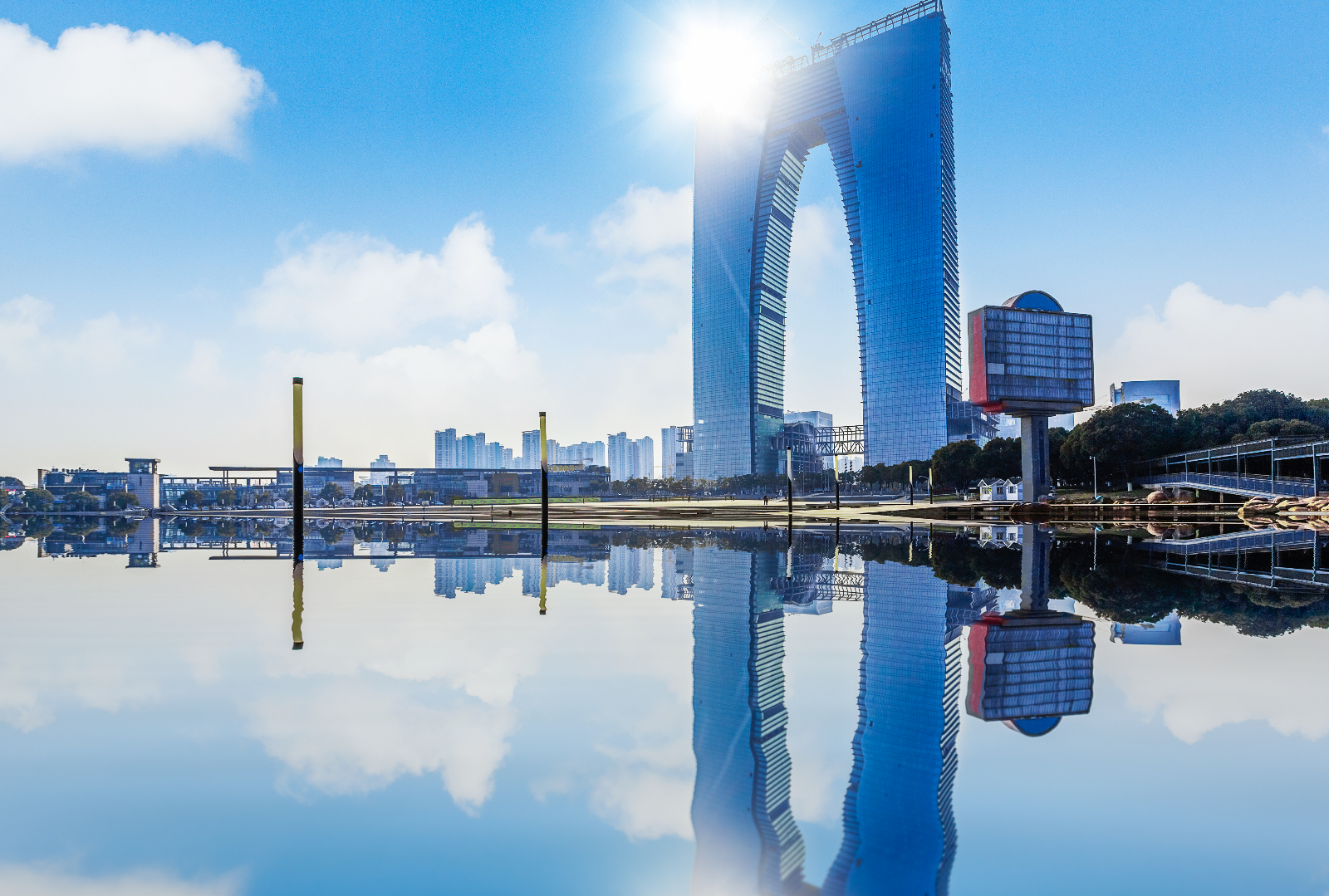
Jinji Lake scenic spot, located in the business district of Suzhou Industrial Park, is an open and national AAAAA tourist attraction. It covers a land area of 11.5 square kilometers, 7.4 sq.km of which are covered by water. As an important demonstration of the only “prototype-zone of national business travel” in China, the Jinji Lake scenic spot, embodying the charm of modern Suzhou, together with the ancient district of Suzhou dotted with classical gardens, form a piece of double-sided embroidery based on the theme of “Suzhou tourism”.
Commitment to the big economy trend, big tourism consciousness is well exhibited in the construction of the scenic spot where a variety of elements such as finance, culture, tourism, exhibition, sports, commerce, etc. are highly concentrated and fully integrated. Around the Lake scatters shiny pearls, namely Suzhou Culture and Arts Center, Suzhou JinJi Lake International Convention Center, Suzhou International Expo Center, Li Gong Di Causeway, Eslite Bookstore, Yuanrong Times Square, Jiuguang Department Store, Shin Kong Place, Crowne Plaza Suzhou, InterContinental Hotel, W Hotel, etc., which thus provide visitors with one-stop services.
Transportation: Take Rail Transit Line 1 or Line 3 to Dongfangzhimen Station, Exit 3 or Exit 4, go eastward to the scenic spot.

With National Highway 318 and Provincial Highway 205 lies to the southwest and west of Tong li ancient town respectively, it sits besides the Taihu Lake and along the Grand Canal, 80 kilometers away from Shanghai Hongqiao International Airport, 18 kilometers away from Suzhou, and 6 kilometers from Wujiang. With convenient transport and advantaged geographical position, Suzhou is “an important path connecting Shanghai and Suzhou”. In such excellent place, you can appreciate the charm of the ancient town by enjoying the typical scene of “low bridge, running stream, cottage”, since Tongli scenic area consists of many lakes such as Pangshan Lake, Jiuli Lake, Tongli Lake, Nanxing Lake and Yeze Lake, which together encircle the Tong li ancient town.
Tong li ancient town, built in the Song Dynasty, has a history of more than 1000 years. The name Tong li, which is pleasant to hear and easy to remember, originated from the two Chinese Characters “Fu” and “ tu”. During the Tang Dynasty, in order to get rid of the luxurious meaning it carried, people renamed it as “Tong li”(means within copper). Again, during the Song Dynasty, the two characters “Fu” and “Tu” was split and combined into “Tong li”, which survived a long history until now.
In 1980, Tong li ancient town was designated to one of Taihu Lake National Scenic Spots, followed by its enlisting in province-level cultural relic protection units in 1982, and in province-level cultural relic protection towns in 1992, whereby its famous scenic spot the Retreat and Reflection Garden was enrolled into the World Cultural Heritage by UNESCO(Unite Nations Educational, Scientific, Cultural Organization). In 2010, Tongli Ancient Town was ranked as National 5A level tourist attraction.
Transportation: Take Rail Transit Line 4 to Tongli Station, Exit 9, and transfer to ART Demostration Line 1 to Tongli Ancient Town Station.
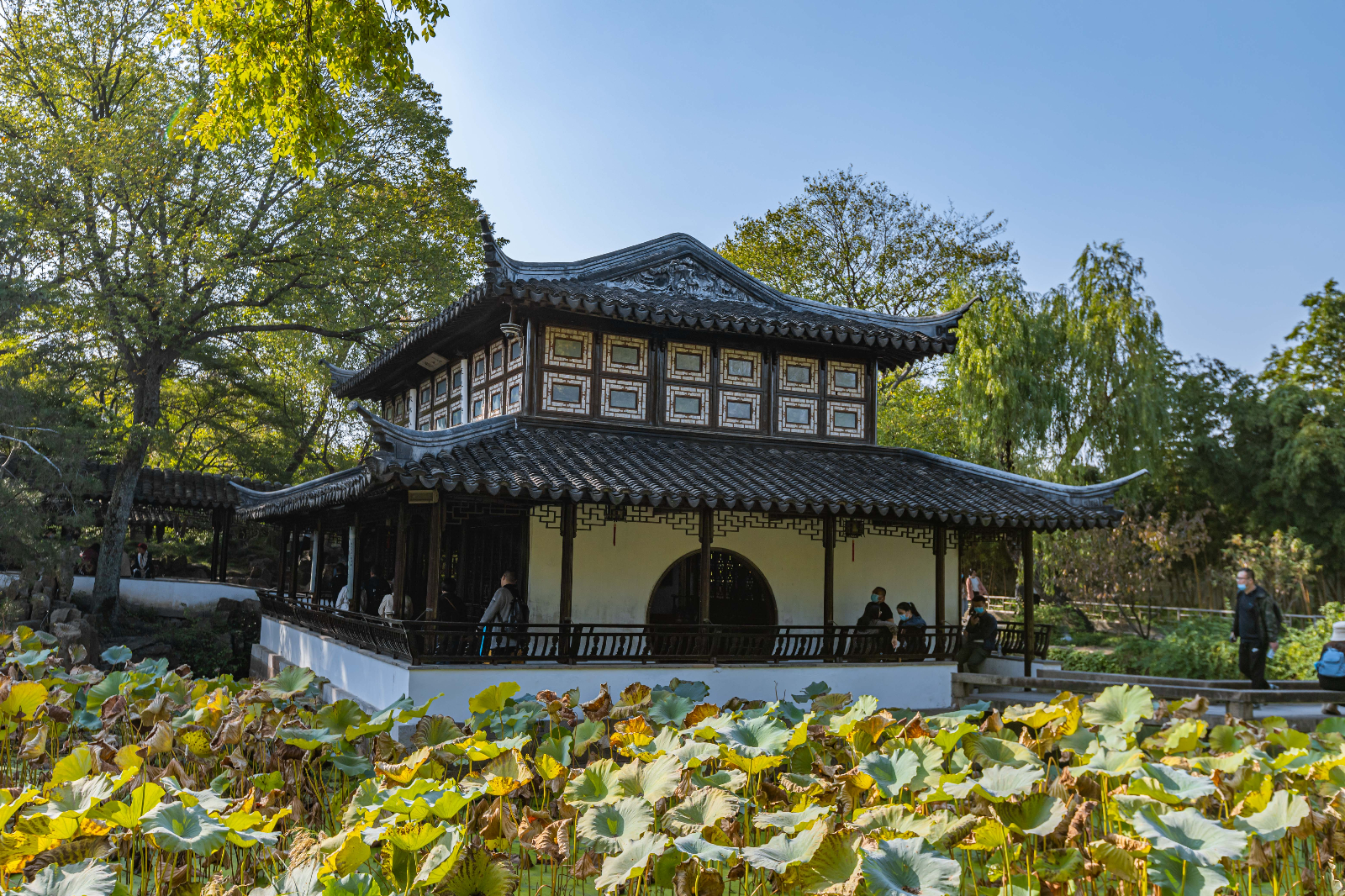
Located at Dong Bei St. In the ancient city of Suzhou, the Humble Administrator’s Garden covers 5.2 ha. and is one of the 4 most famous gardens of China. In 1961 it was listed as cultural relics of national importance. Serving as a fine specimen of the classical gardens of Suzhou, the Humble Administrator’s Garden was inscribed the World Heritage List by UNESCO in 1997.
The eastern part of the garden is rustic and extensive, giving the appearance of being a village settlement of Jiangnan. The middle part is the cream of the garden, featuring Venetian scenes. With a winding and undulating roofed -walkway, the western part of the garden is noted for its sumptuousness.
The Humble Administrator’s Garden boasts the wild expanse of lotus ponds. Water occupies one fifth of the total garden are. All the kiosks, terraces and pavilions were laid out by the water. More than 10 buildings were named after lotus blooms. Its annual Lotus Blooms Festival gains world-wide fame.
Transportation: Take Rail Transit Line 4 to Beisita Station, Exit 4, go along the Xi Bei street to the east, and walk about 1 kilometer to the garden.




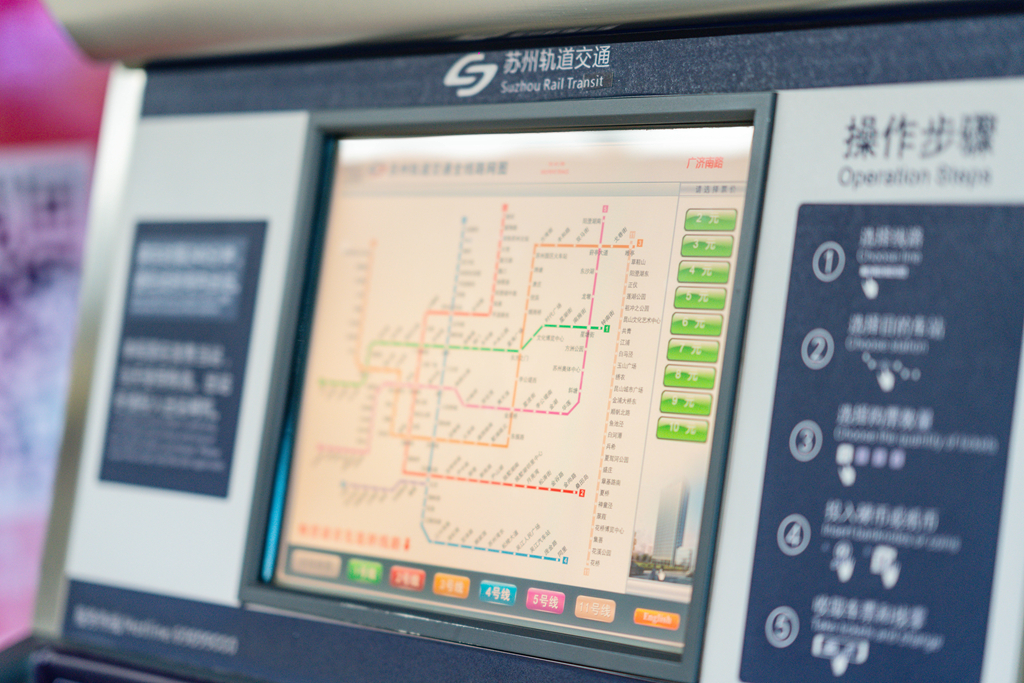
_副本.jpg)

_副本.jpg)
